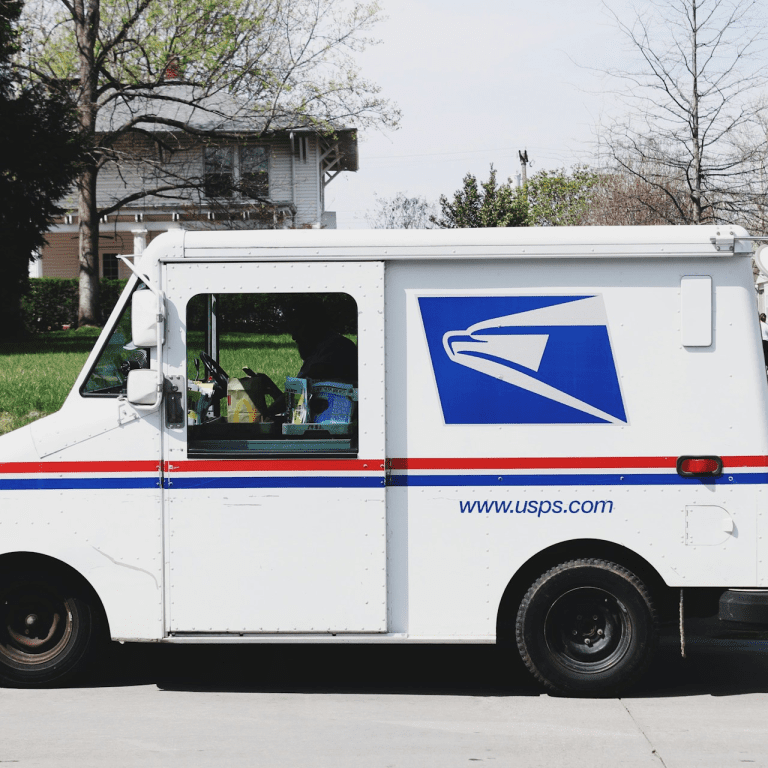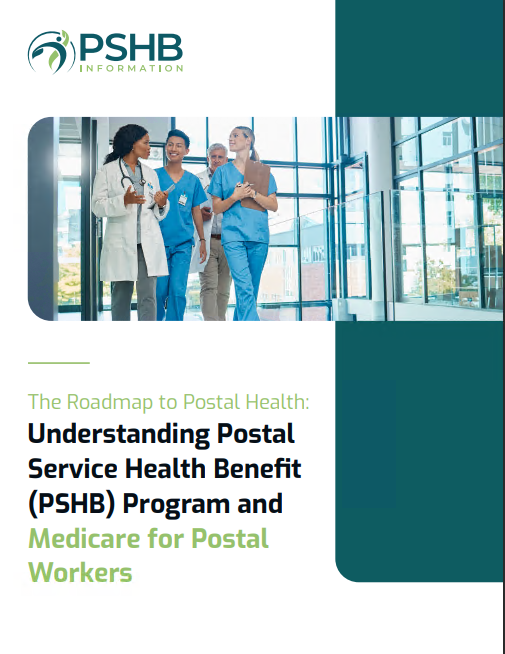Key Takeaways
-
PSHB and Medigap are supplemental healthcare options for specific needs; knowing their features can help you make an informed decision.
-
Understanding costs, coverage, and eligibility requirements for both programs ensures you choose the best fit for your healthcare needs.
PSHB and Medigap: Two Paths to Better Coverage
Navigating healthcare can feel overwhelming, especially when considering supplemental coverage. As a Postal Service employee, retiree, or family member, you may wonder whether the Postal Service Health Benefits (PSHB) program or a Medigap plan best suits your needs. Both options can fill gaps in your primary Medicare coverage, but they serve different purposes and have distinct features.
Let’s dive into the nitty-gritty of PSHB and Medigap so you can confidently decide which path to take for 2025 and beyond.
What is PSHB? An Overview of Postal Benefits
PSHB, or Postal Service Health Benefits, is a tailored healthcare program for Postal Service employees, retirees, and their eligible family members. As of January 2025, PSHB replaces the Federal Employees Health Benefits (FEHB) program for postal workers. Designed with Medicare integration in mind, PSHB ensures continuity of care while addressing the unique needs of the postal workforce.
Who is Eligible for PSHB?
Eligibility includes current Postal Service employees, annuitants, and their family members. If you’re retired and eligible for Medicare, you’ll need to enroll in Medicare Part B to maintain your PSHB coverage, with few exemptions.
Key Features of PSHB
-
Integration with Medicare: PSHB plans often waive deductibles and reduce coinsurance for enrollees with Medicare Part B.
-
Comprehensive Coverage: Offers a range of services, including primary care, specialist visits, and prescription drugs.
-
Affordability: Government contributions cover about 70% of premium costs, making it a cost-effective option for many.
What is Medigap? An Overview of Medicare Supplements
Medigap, also known as Medicare Supplement Insurance, is a private insurance option designed to cover out-of-pocket costs like copayments, coinsurance, and deductibles that Original Medicare doesn’t pay. Unlike PSHB, Medigap plans are standardized nationwide, ensuring consistent benefits regardless of your provider.
Who is Eligible for Medigap?
You must already be enrolled in Medicare Parts A and B to purchase a Medigap plan. These plans are especially appealing to individuals seeking predictable healthcare expenses and comprehensive coverage beyond Medicare.
Key Features of Medigap
-
Standardized Benefits: Plan offerings (e.g., Plan G or Plan N) are consistent across states, simplifying comparisons.
-
Nationwide Access: Medigap works with any provider accepting Medicare, making it ideal for frequent travelers.
-
No Network Restrictions: You can visit any doctor or specialist nationwide without worrying about network limitations.
Comparing Costs: PSHB vs. Medigap
When weighing PSHB against Medigap, costs often take center stage. Here’s how the two compare:
Premiums and Contributions
-
PSHB: Premiums are partially subsidized, with enrollees typically paying 30% of the total cost. Rates vary based on plan selection and enrollment tier (Self Only, Self Plus One, or Self and Family).
-
Medigap: Premiums are fully borne by the enrollee, often influenced by factors like age, location, and the chosen plan.
Deductibles and Out-of-Pocket Costs
-
PSHB: Deductibles range from $350-$500 for in-network services, with higher costs for out-of-network care.
-
Medigap: Deductibles depend on the plan but often eliminate most out-of-pocket expenses beyond premiums.
Long-Term Value
While PSHB’s subsidies can lower your immediate costs, Medigap’s comprehensive coverage may save money in the long run by minimizing unexpected expenses. Evaluate your healthcare needs and budget to determine which option offers better value.
Coverage Considerations: What Do They Include?
The scope of services covered by PSHB and Medigap differs significantly. Here’s a closer look:
PSHB Coverage
-
Primary and Specialist Care: Copayments range from $20-$60 per visit.
-
Prescription Drugs: Includes coverage through Medicare Part D Employer Group Waiver Plans (EGWPs).
-
Preventive Services: Fully covered when performed in-network.
-
Emergency Care: Copayments of $100-$150 per visit.
Medigap Coverage
-
Hospital Costs: Covers coinsurance for Medicare Part A services and additional costs for extended stays.
-
Medical Expenses: Includes Medicare Part B coinsurance or copayments, ensuring predictable costs.
-
Skilled Nursing: Offers extended coverage for facility stays, supplementing Medicare’s limited benefits.
-
Foreign Travel: Some plans cover emergency care outside the U.S., a feature PSHB lacks.
Enrollment Processes and Timelines
The enrollment process for PSHB and Medigap differs, so understanding the timelines is crucial.
PSHB Enrollment
Open Season for PSHB aligns with the FEHB Open Season, typically running from mid-November to mid-December. Enrollments and changes take effect on January 1 of the following year. Outside of Open Season, you can make changes only during Qualifying Life Events (QLEs).
Medigap Enrollment
The best time to enroll in Medigap is during your six-month Medigap Open Enrollment Period, which starts when you turn 65 and enroll in Medicare Part B. During this window, insurers cannot deny coverage based on pre-existing conditions.
Deciding Factors: PSHB or Medigap?
Choosing between PSHB and Medigap involves balancing priorities like cost, coverage, and convenience. Here are a few considerations to guide your decision:
Your Current Healthcare Needs
-
If you value access to extensive in-network and out-of-network benefits, Medigap may be a better fit.
-
If you’re already covered under PSHB and find its Medicare integration sufficient, sticking with PSHB might make sense.
Travel and Flexibility
-
Frequent travelers may prefer Medigap for its nationwide coverage and portability.
-
PSHB’s network-based plans could be limiting if you move or travel frequently outside your coverage area.
Long-Term Financial Planning
-
Assess the total cost of premiums, deductibles, and out-of-pocket expenses for both options.
-
Consider how each plan’s benefits align with your anticipated healthcare needs over time.
How to Make Your Decision
Here are steps to make an informed choice:
-
Review Your Healthcare History: Understand your past and expected healthcare needs.
-
Compare Plan Options: Evaluate the specific PSHB plans available to you against Medigap’s standardized options.
-
Seek Professional Advice: Consult with a benefits advisor or Medicare counselor to clarify your options.
-
Factor in Eligibility Requirements: Ensure you meet the criteria for the plan you’re considering.
-
Weigh Costs and Coverage: Use tools like plan comparison charts to assess costs, benefits, and coverage levels.
Why the Right Choice Matters
Your choice between PSHB and Medigap can significantly impact your healthcare experience and financial well-being. Selecting the wrong plan could result in higher costs, restricted access to care, or coverage gaps.
By thoroughly comparing both options, you’ll position yourself for a healthier, more secure future with confidence that your healthcare needs are met.
Finding the Path to Better Coverage
Whether you choose PSHB or Medigap, the key is aligning your healthcare coverage with your unique needs. Both options offer distinct advantages, and your decision should reflect your priorities, lifestyle, and budget. Take the time to evaluate your options and invest in the coverage that’s right for you.










